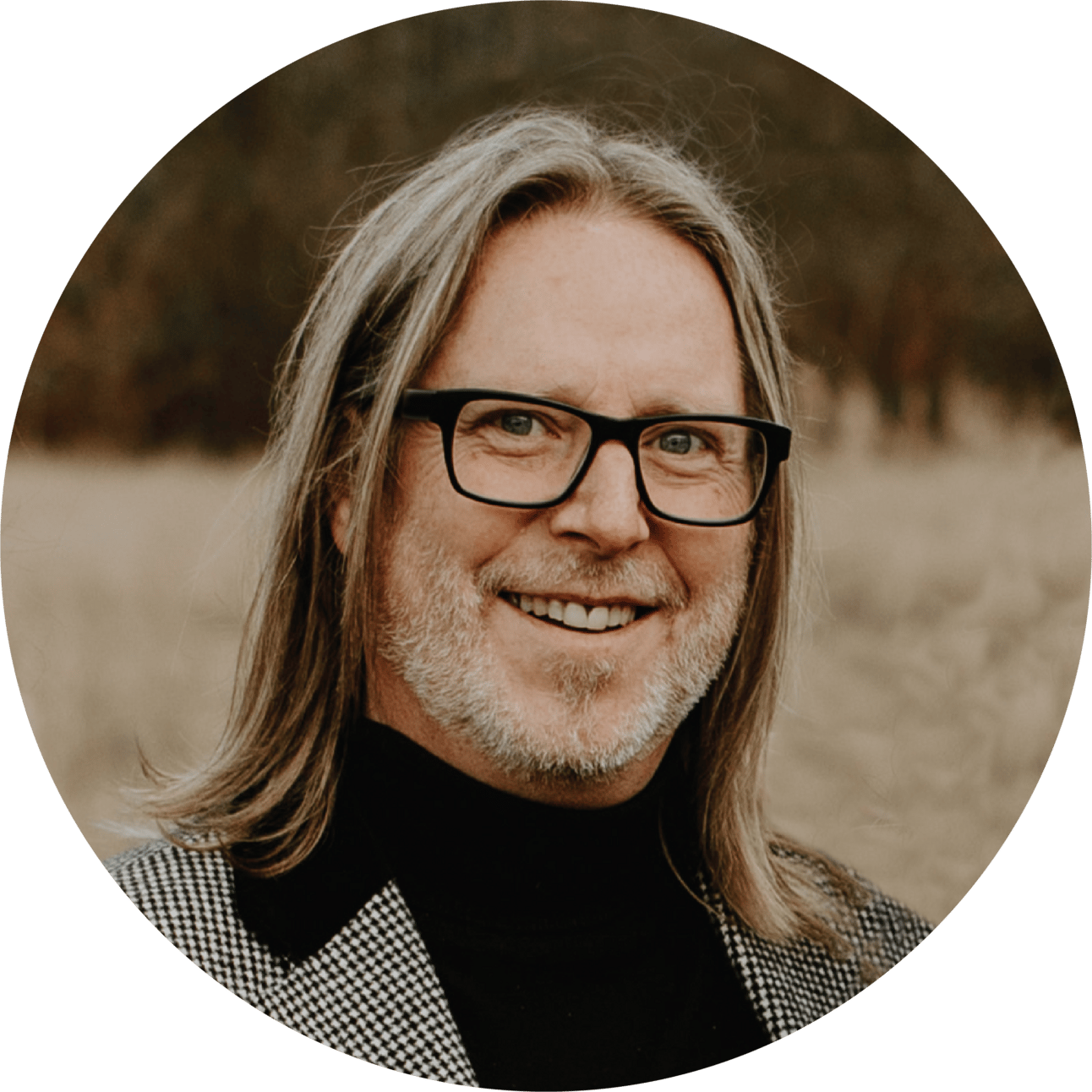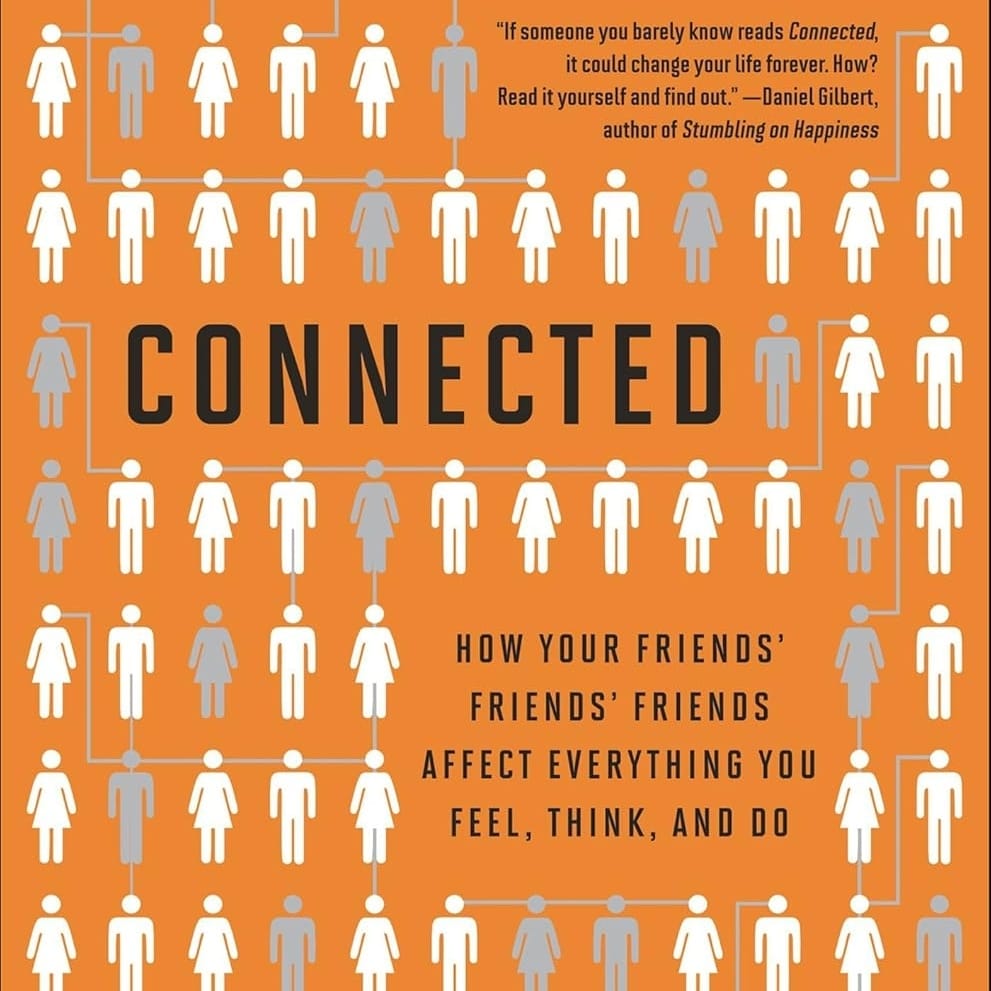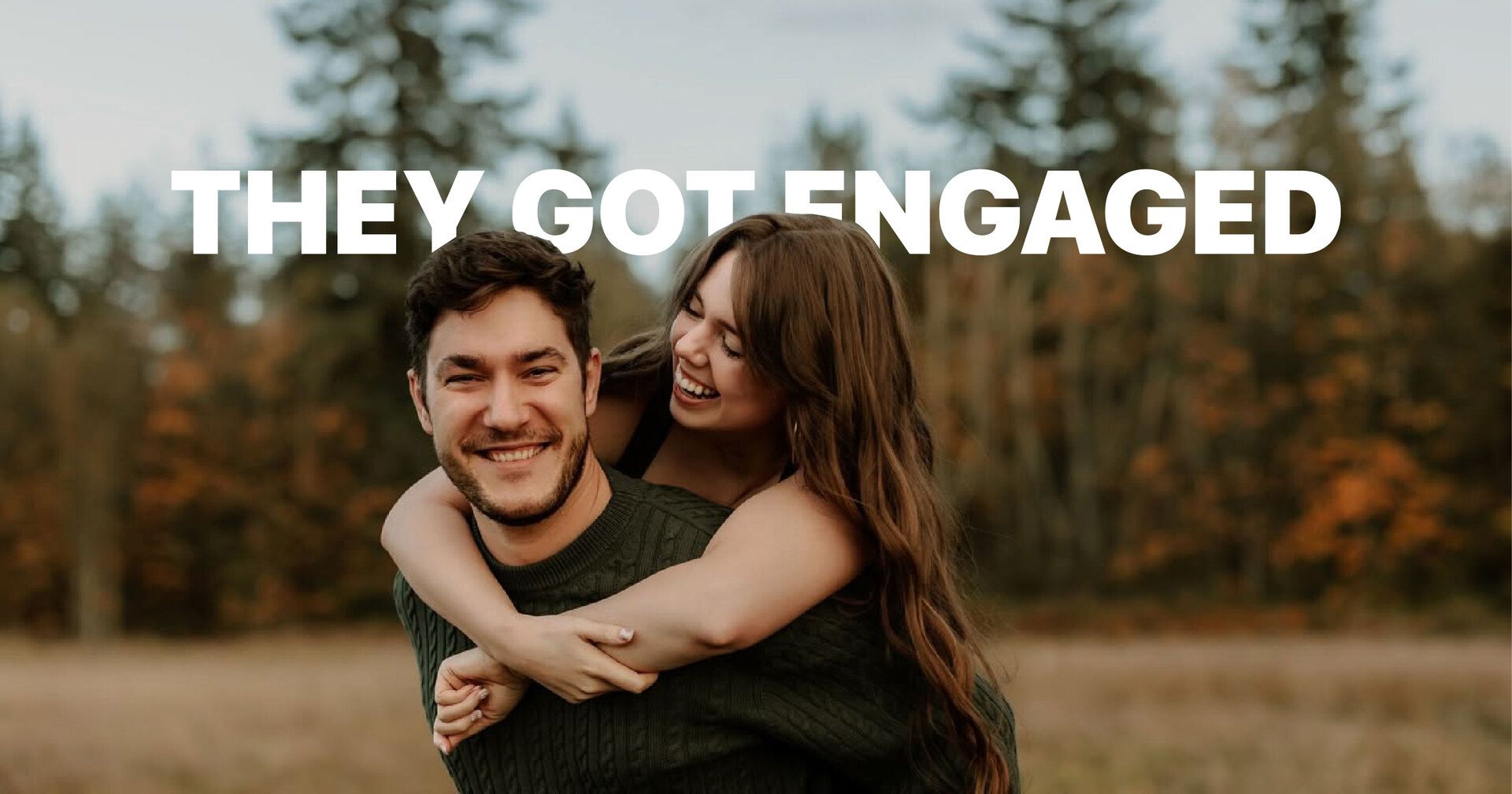Love Grows in Circles
It was Sunday morning at the LifeApp 3 Day. Teresa was up front, wrapping up our morning session. Brandon—our daughter Tiana’s boyfriend—was running sound, lights, and media—steady, invisible, pretending he had no idea what was coming.
Then Teresa said, “Before we close this session, I want to thank Brandon for all he does behind the scenes. We couldn’t do it without our amazing media tech. Actually, Brandon, why don’t you come up here?”
He walked up, feigning surprise, and waited for his cue. Teresa handed him the mic. “Anything you’d like to say?”
Turning toward Tiana—standing off to the side—he dropped to one knee and said, “Will you marry me?”
The room exploded. Tiana jumped up and down, Teresa half-laughed, half-sobbed, and I stood there blinking through tears, thinking: This is what it looks like when a relationship grows inside a circle of community.
As the cheers filled the room, what struck me wasn’t just the joy of the proposal—it was seeing the faces of the people Brandon and Tiana had invited into their story. Friends and mentors who had walked beside them, offered perspective, and loved them through the ordinary, unglamorous work of growing a relationship.
In that moment, it hit me: we were never meant to do this alone. A relationship might start with two people, but it grows because of a healthy village around them.

What We Learned About Dating in Community
Watching Tiana and Brandon choose to build their relationship, infused by the influence of a healthy community, got me thinking about my own relational journey.
When I met Teresa nearly thirty-seven years ago, neither of us had training in what to look for in a life partner. She’d just ended an engagement; I was fresh off a painful breakup. If you’d asked me then what makes love last, I would’ve said chemistry, communication, and compatibility—with more confidence than data.
What I did have was a model to reference. My parents’ relationship wasn’t static; it was a dynamic rhythm of harmony, disharmony, and repair held together by deep love and respect. Looking back now, I can see they practiced what John and Julie Gottman later identified as the predictors of long-term relational health: turning toward bids for connection, soft starts, effective repair, accepting influence, a high positive-to-negative ratio, and building trust and shared meaning through small daily choices.
I didn’t have that language at 25. I just knew my mom and dad’s love was real, and that my mom had wisdom worth listening to.
So without really knowing what we were doing, Teresa and I did one thing that changed everything:
We didn’t go at it alone. We invited our community to walk with us, and it changed everything.
Instead of disappearing into a two-person bubble, we spent much of our time together surrounded by older friends and mentors —people who had lived through the long arc of life: children, moves, losses, fights, repairs—and were still deeply connected and loving toward each other. We didn’t just sit in their living rooms; we shared life together and invited their feedback. Not just affirmation—but honest feedback. “You two talk over each other.” “You are too critical of her.” Not always easy to hear, but it saved us from so many potential ruts and potholes.
At the same time, we had to learn how to filter the voices. When you’re young and in love, everyone has advice—but not all perspectives are shaped by wisdom or lived experience. We learned to ask: Does this person live what they’re teaching? Are they curious, self-aware, lifelong learners who’ve demonstrated genuine relational health? Because not all advice is good advice; some carries the residue of unhealed trauma—resentment dressed up as realism, fear disguised as caution. The voices we learned to trust came from those who had done their inner work—who had grown their relational intelligence, refined their discernment, and offered their perspective with humility, insight, and grace.
Over time, we noticed three practices that made a disproportionate difference:
Finding Guides, Not Just Cheerleaders. We chose to do life in proximity to people who were ahead of us in age and stage, and who had demonstrated their ability to authentically live what we hoped to build.
Inviting Honest Mirrors. A new relationship can fog our judgment, but feedback clears the glass. We made a habit of asking people we trusted to tell us the truth we couldn’t yet see.
Being Knowable. As Brené Brown defines it, vulnerability is “the courage to show up and be seen when we can’t control the outcome.” We chose to be transparent—mess and all. Because wisdom, even from those who are wise, is only as good as they are empowered to see you and your honest reality.
I’ll never forget sitting on my parents’ kitchen counter two months into our engagement, still unsure of whether Teresa was the one to marry. I asked my mom, “How do I know for sure?” She paused and said, “If you let this girl go, you’ll one day realize you walked away from a priceless diamond.” That wasn’t sentimental fluff—it was clarity born of experience. She’d watched us up close, not through my version of the story, but through shared life. That moment of trusted counsel shaped the rest of my life.
In the years that followed, community became our stabilizer. We fought plenty in those early years, but we had wise people we could call when we hit gridlock—people who had earned the right to tell us the truth. Without that, I’m not sure we’d still be together. That’s not pride; it’s gratitude.
Community also normalized the unglamorous realities: mismatched appetites for affection, different conflict styles, and what the Gottmans call “perpetual problems”—the 69% of recurring disagreements that stem from fundamental differences in personality, lifestyle, or values and will never be fully resolved. Having mentors mattered.
That’s the quiet power of community: it helps us see our relationships as they really are, not as we wish them to be. It gives us mirrors that keep us honest, mentors who remind us what matters, and models that quietly recalibrate our expectations.
And increasingly, empirical research confirms this: couples embedded in circles of stable, supportive relationships consistently report higher relational satisfaction and longevity, while those surrounded by relational breakdown face markedly greater risks of dissolution.
Show Me Your Circle, and I’ll Show You Your Future
Research from Nicholas Christakis and James Fowler provides one of the clearest pictures of how our social environment shapes our relational outcomes. In their 2009 landmark longitudinal study, “Breaking Up Is Hard to Do, Unless Everyone Else Is Doing It Too” (Framingham Heart Study), they found:
“Individuals were 75% more likely to become divorced if a friend was divorced, and 33% more likely if a friend of a friend was divorced.”
In other words: your odds of relational breakdown are significantly influenced by your social network, your community—up to two degrees removed. Conversely, the same network effect suggests that being embedded in healthy relationship clusters can boost your odds of relational durability.
Christakis and Fowler’s findings echo what decades of social neuroscience have confirmed: our brains and behaviors are shaped by the relational climate around us. Proximity to relational health strengthens our own resilience; proximity to relational dysfunction increases our odds of repeating it.
Bottom line, relational breakdown is contagious—and so is relational success. The people you surround yourself with—especially those ahead of you in life and relational intelligence—quietly set your relational thermostat. Success breeds success; disconnection multiplies disconnection.
It’s Never Too Late to Build Your Circle
Some of us have been disproportionately blessed—born into families or communities where relationships were modelled with stability, love, and repair. That’s not because we were particularly wise about building healthy circles; it’s because those circles were handed to us.
For others, the story was different. You may have grown up surrounded by fractured relationships, chaos, or silence. Maybe the adults around you didn’t know how to stay, how to repair, or how to love without control. In communities like that, love may have existed—but often without the essential relational ingredients that make it sustainable.
The good news is, it’s never too late to build a circle of relationally healthy mentors.
Community doesn’t just predict relational outcomes; it transforms them. Every ending, every rupture, carries feedback about the patterns that couldn’t sustain connection. When we pause to reflect, learn, and then surround ourselves with people who embody relational maturity—those who know how to repair and stay connected—we quietly shift our odds.
Whether you’re twenty-five and learning to love for the first time or fifty-five and rebuilding after loss, growth in community rewires your internal model of love itself, increasing your odds of relational success.
Which leads to a question we can all ask:
Who around me is already living the kind of relationship I hope to grow into—and what would it look like to be known, ask for feedback, and learn from them?
Because healthy relationships don’t grow in isolation. They grow when they are surrounded by a relationally healthy community.
Until next week,
Jonathan Penner | Co-Founder & Executive Director of LifeApp


Resources To Dig Deeper

Video
The Hidden Influence of Social Networks
We're all embedded in vast social networks of friends, family, co-workers and more. Nicholas Christakis explores how a wide range of traits — from happiness to obesity — can spread from person to person, revealing how your location within the network may impact your life in ways you are unaware of.
-Nicholas Christakis, TED (18:44)

Book
Connected: How Your Friends' Friends' Friends Affect Everything You Feel, Think, and Do
In Connected, scientists Nicholas Christakis and James Fowler reveal how deeply our lives are shaped by the hidden power of social networks. Their research shows that everything from happiness to habits—health, generosity, even love—spreads through our circles of connection, reaching friends of friends several degrees away. Challenging the myth of individual independence, Connected uncovers a powerful truth: our well-being depends as much on who we’re connected to as on who we are.
-Nicholas A. Christakis MD, PhD and James H. Fowler, PhD

Music
Lean on Me
The Playing For Change version of “Lean on Me” is more than a cover — it’s a living embodiment of what community sounds like when it’s woven across continents. Recorded by musicians from villages, cities, and street corners around the world, each voice and instrument adds its own color and story to a shared melody of solidarity. Together, they turn Bill Withers’ timeless lyrics—“We all need somebody to lean on”—into a global chorus of belonging. The song captures what research and experience both affirm: we become stronger in community. Our hearts regulate, our nervous systems calm, and our capacity to carry life’s burdens multiplies when we are connected.
-Bill Withers by Playing for Change (4:33)

